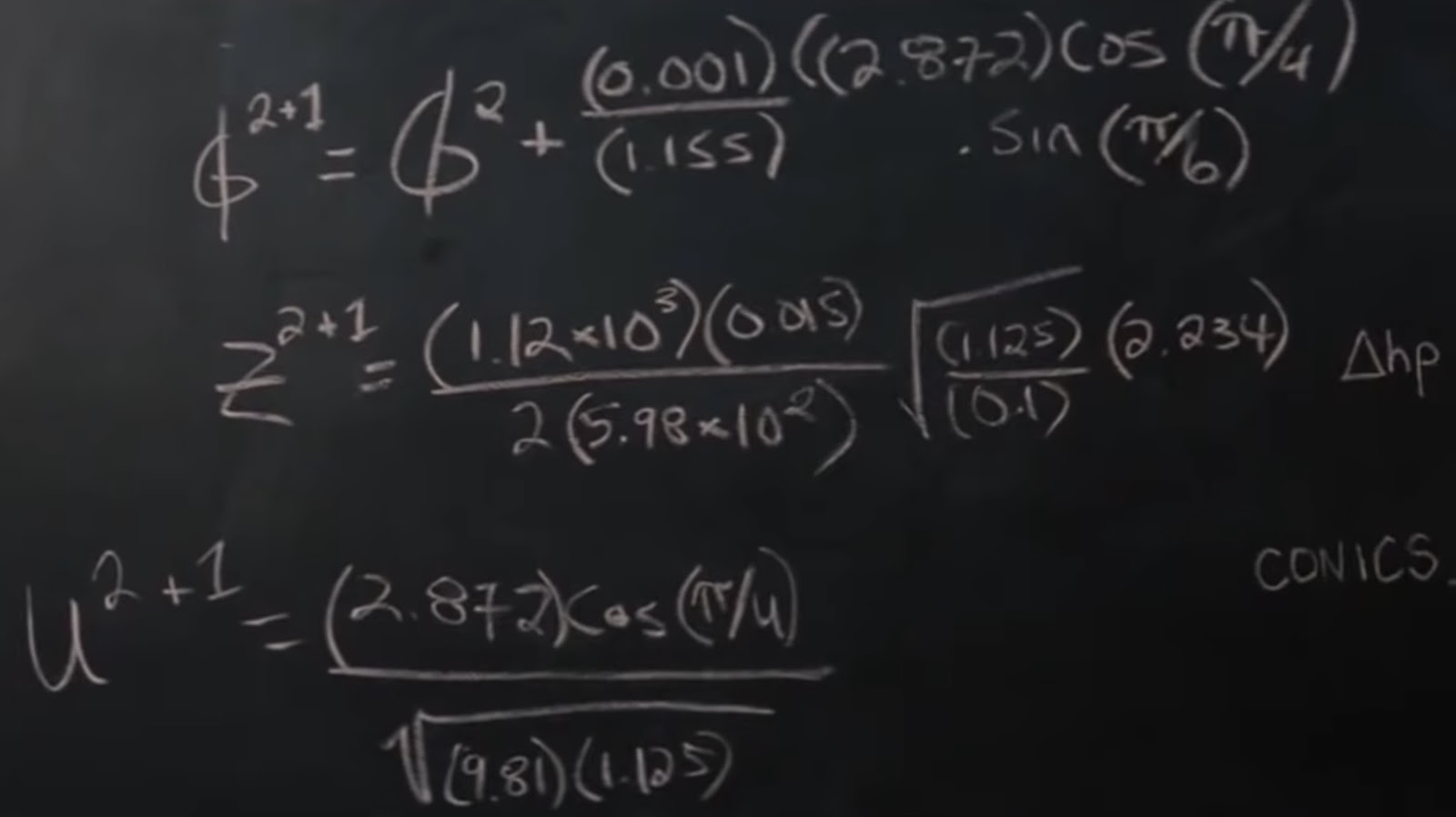Hidden Figures Answer Key
“Hidden Figures” not only stands as an engaging tale filled with intrigue and inspiration, but it’s also a testament to the often overlooked contributions of the brilliant African American women mathematicians — the “computers in skirts” — at NASA. The book and the subsequent movie adaptation have brought an important, but lesser-known chapter of space exploration into the light.
The narrative revolves around three profound women, Katherine Johnson, Dorothy Vaughan, and Mary Jackson. Their intellect, determination, and resilience helped America soar in the race to space, despite the hurdles of segregation and discrimination. This journey showcases the profound impact they made on NASA’s success and the groundbreaking changes they brought to society.
However, “Hidden Figures” isn’t just about NASA, it’s a bigger chronicle – a reminder of the importance of diversity, inclusion, and equal opportunity. It tells us how these overlooked mathematicians broke through racial and gender barriers, pushing the civil rights movement ahead, along with the space race.
Historical Context
Understanding the historical backdrop of “Hidden Figures” is essential to fully grasp the story and appreciate its significance. The tale is set in the midst of pivotal social and political changes in the United States. To provide some context, we’ll delve into two specific aspects that played a pivotal role: Segregation in the 1960s and the Civil Rights Movement.
Segregation in the 1960s
The 1960s was a crucial decade in the history of the United States, shaped largely by a practice referred to as Jim Crow Laws. These laws enforced racial segregation across several sectors, including education, transportation, and employment. Hidden Figures highlights this starkly, shedding light on the immense challenges faced by African American women even in a place of scientific discovery and innovation, NASA. Despite their significant contributions, Katherine Johnson, Dorothy Vaughan, and Mary Jackson were forced to work separately because of their race, showcasing the realities of segregation during this period.
Civil Rights Movement
Parallel to this system of segregation was an ongoing struggle towards equality, widely known as the Civil Rights Movement. As Hidden Figures unwinds, we see this cultural revolution fold into the storyline. The Civil Rights Movement was a major effort by Blacks to end racial discrimination and gain equal rights under the law. It lasted roughly from 1955, following the pivotal Rosa Parks incident, to 1968, the year of Martin Luther King Jr.’s assassination. This fight for justice had a profound sense of urgency, which is palpable through the struggles of our protagonists. Their determination to excel in their roles, notwithstanding the racial hurdles, is an embodiment of the spirit of the Civil Rights Movement.
The True Story Behind “Hidden Figures”
Delving into the true story behind “Hidden Figures”, it’s crucial to highlight that these women’s formidable intelligence, coupled with tenacity, played crucial roles in American space history.
Katherine Johnson
A brilliant mathematician, Katherine Johnson played an integral role in NASA’s success. Born on August 26, 1918, in White Sulphur Springs, West Virginia, Johnson showed a remarkable affinity for numbers early on. Despite the societal norms of that era limiting educational opportunities for African Americans, she graduated from high school at 14 and went on to earn degrees in mathematics and French from West Virginia State College.
Equipped with an extraordinary intellect, she was recruited to NASA’s Langley Research Center. Her significant contribution includes calculations that helped launch astronaut Alan Shepard’s Freedom 7 capsule in 1961.
Dorothy Vaughan
Dorothy Vaughan, born on September 20, 1910, in Kansas City, Missouri, was another significant figure in the “Hidden Figures” narrative. She graduated from Wilberforce University in 1929, where she majored in mathematics. Vaughan was a dedicated mathematician who served as the head of the West Area Computers, a group comprised primarily of African-American female mathematicians.
She played a strategic role in advocating for her team, ensuring they were offered opportunities previously denied due to racial segregation at NASA. Notably, she became an expert in FORTRAN, a prominent programming language in the early days of computers.
Mary Jackson
Born on April 9, 1921, in Hampton, Virginia, Mary Jackson was an unparalleled trailblazer. Graduating with dual degrees in Mathematics and Physical Sciences from Hampton University, she joined NASA’s Langley Research Center in 1951. Jackson is well-known for her tireless efforts to challenge segregation laws in Virginia to allow African Americans access to educational advancement.
Jackson’s determination didn’t stop at education, but continued in her career as she became NASA’s first black female engineer in 1958. Her tale is an inspiring example of breaking boundaries regardless of societal norms and racial barriers.
